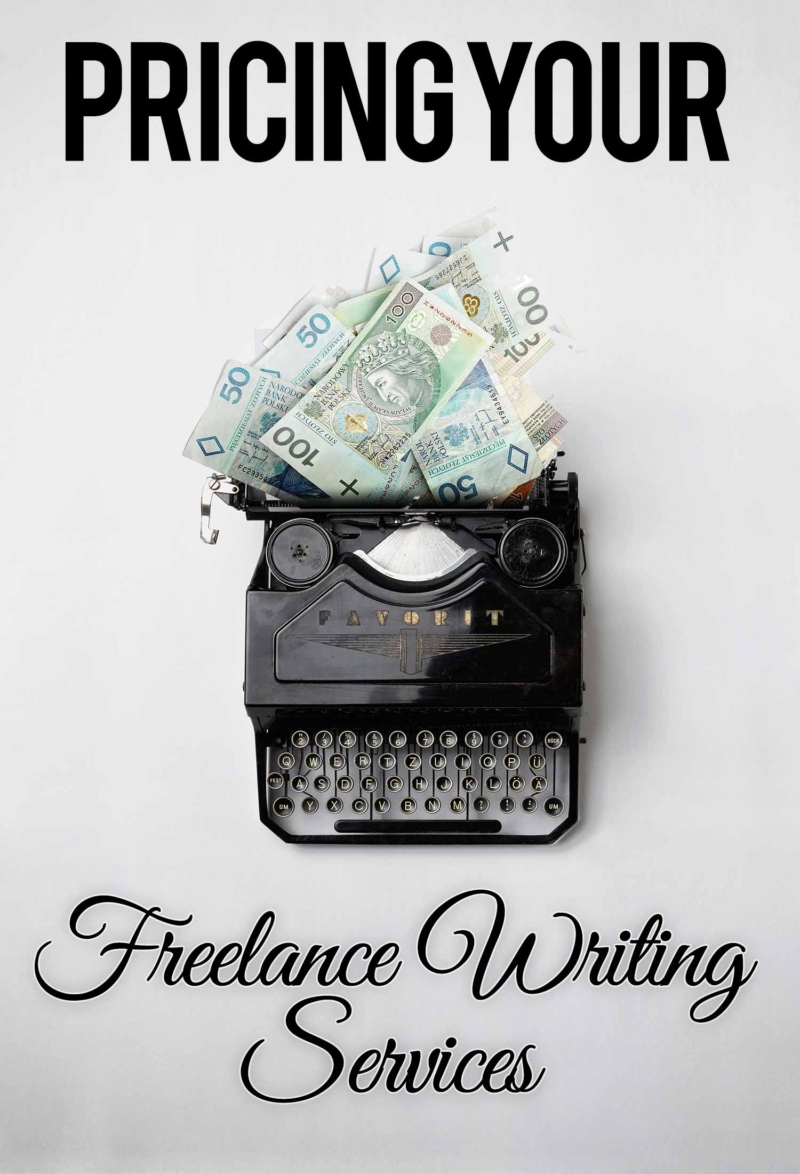Congratulations, so you decided to launch a freelance writing career. That means no more long commutes to the office, stiff office dress codes or mandatory water cooler chit-chat. Now that you are your own boss and are the head of your very own freelance writing enterprise, it’s time to locate your own clients, set your own writing rates and dictate your work schedule.
As a freelance writer, you will have to quote your rate to potential clients. And sooner or later, you’ll likely get at least one of the following reactions:
“That expensive?”
“Your competition offered me a lower rate!”
“How did you come to that number?”
Yeah, really! How did you?! So how do freelance writers price go about pricing their writing services? Unfortunately, rate pricing is not an exact science and setting freelance writing rates can be a source of discomfort for novice freelancer writers.
Before an exact rate can be set, freelance writers must first understand the different methods of calculating rates. Will rates be set per word? Per hour? As a fixed-price per project? Or even as a fixed monthly retainer? Even among veteran freelancers, this subject is widely disputed. Each option carries its own set of advantages and disadvantages. While there’s no universal consensus, we’ll help guide you through the most commonly-accepted pricing methods below.
Rate Per Word
Historically, freelance writers have been paid per word (or per 250 words which is equivalent to about a standard letter- or A4-sized page). If you can estimate how much time and effort is needed to write a single word or a page (250 words), you should be able to calculate the exact amount to charge your clients.
This method tends to provide the highest financial return for simple jobs that don’t require large amounts of external research, multiple revisions or back-and-forth iterations with the client.
This method also allows the client to pay only for what you deliver while helping you ensure that you are making optimal use of the client’s time and budget.
On the flip side, pricing per-word may prove less profitable for more complex projects that require extensive research, calls, interviews and multiple revisions & iterations with the client. A per-word (or per 250 word) rate would have to be set at a price point that is high enough to justify the time and effort spent by the freelance writer during for covering the external research and related tasks, making your price-per-word rate seem uncompetitive relative to other freelance writers.
Rate Per Hour
Setting an hourly rate allows the freelance writer to consistently be compensated for any work surrounding the project including non-writing time such as brainstorms, research, calls, meetings and revisions. This arrangement is by far the most convenient payment option if the client and writer are unfamiliar with the project’s subject matter, or are uncertain regarding the precise project scope and breadth.
For beginner freelance writers, per-hour payments may seem ideal. But they are actually more popular in the corporate world where more seasoned and experienced writers rule. Many clients, however, are skeptical about hourly pricing methods since freelancers might be tempted exaggerate or inflate their timesheets.
Also, charging by-the-hour carries the potential of reducing work efficiency and productivity, ultimately limiting the freelance writer’s overall earning potential. Some might even say that hourly pay conflicts with work efficiency. Since, obviously, the faster the freelancer writes, the less time can she can bill for that particular project.
So make sure to gauge your client’s needs and expectations before presenting the less-popular and potentially more controversial hourly pricing fee.
Rate Per Project / Fixed Price Per Article
Some freelance writers choose to price their services based on a per-project rate. This method is sometimes preferred by clients since it allows them to understand the full cost of your writing services in advance while reducing potential uncertainty. Per-project pricing allows you to more accurately estimate your potential monthly income with greater accuracy compared to per-word (or per 250 words) or per-hour pricing.
Determining a fixed/per-project rate requires the freelance writer to estimate the amount of time she will take to complete the project as well as the nature of the work required (the research, the amount of writing, revisions, etc.). Unless your estimate for the project is perfectly accurate and the scope of the contract work remains unchanged, per-project pricing can be extremely risky for the freelance writer. However, if successfully engineered, this method will allow the freelance writer to figure out a fee that illustrates the project’s real value, while simultaneously offering the freelancer pretty attractive income.
Retainer / Fixed Monthly Contract
A fourth pricing option is the retainer or fixed monthly contract. While this arrangement may seem ideal for clients commissioning large amounts of work, freelance writers lose the privilege of turning down a job from the client paying the retainer. Worse, freelance writers may find that a fixed monthly retainer takes them back to the days when they worked as salaried employees.
Freelance writers may find it more challenging to balance motivation and productivity with project completion, leading to work backlog, tension surrounding deadlines and a sense of inadequate compensation. On one hand, payment security increases. On the other hand, you lose some of the “free” in being a “freelancer”.
Can’t Decide?
So, as a freelance writer, how do you decide which pricing method best fits your needs and your business goals?
Regardless of the method you initially select to price your writing jobs, as a freelance writer, you should always track your hours and determine exactly what your general hourly rate is. The key is for the freelance writer to take some time, analyze and understand her work patterns; how long it takes to complete different types of writing projects and which external tasks are required for which types of content. The freelance writer can then calculate a per-project flat fee that will give her the hourly compensation she seeks.
The following formula, which has been developed by XPlace, can easily be applied to figure out your rate:
- Start with your desired monthly income based on your existing expenses and revenue goals
- Determine the number of hours per month you would like to work.
- Divide point #1 by point #2.
- Figure out how many words you are capable of writing in one hour.
- Divide point #3 by point #4, to calculate your final rate per word (or multiply by 250 for your rate / 250 words).
This formula takes into account both per-word and hourly considerations and allows freelance writers to present clients with a standardized, sensible and stable project-based rate, while simultaneously ensuring that their time, effort and talent are being fairly compensated.
After all, freelance writers, much like all other professionals, want to produce superior content, please their clients and feel like their writing is making a real contribution.
So tell us about your pricing method: what has worked better for you in pricing your content writing services and what hasn’t?







Leave A Comment